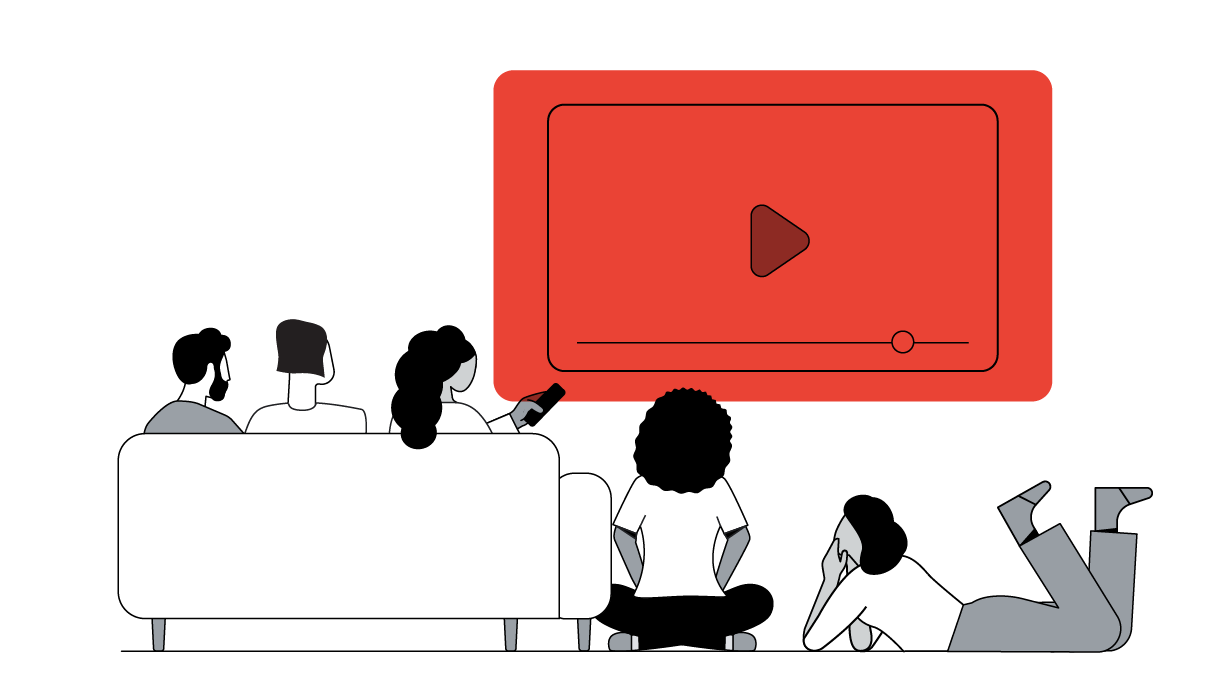For many months, we’ve been exploring how people around the world look to online video to adjust to life during a pandemic. From finding new ways to connect with people while social distancing to learning how to replicate activities they would normally outsource, we’ve seen people gravitate to YouTube to cope with and adapt to life at home.

And now, with the world a few more months into the COVID-19 crisis, we continue to see new at-home behaviours emerge that go beyond simply addressing daily essentials. With more than 65% of viewers saying that YouTube content feels like real life,1 it makes sense that people are using the platform to access and explore the things they’re passionate about while they’re at home. Here are three ways we’re seeing people turn to online video to experience things they love during the pandemic.
Indulging in the arts through live streams
While springtime in the northern hemisphere signals the start of music festival season, much of this year’s slate was cancelled or postponed to curb the spread of the coronavirus. Almost immediately, live streams emerged as a digital replacement to alleviate fan disappointment, boost morale, and give people a way to continue enjoying their favorite music, along with many other performing arts.
In mid-April, hundreds of thousands of live viewers around the globe tuned in to #OneWorldTogetherAtHome, a star-studded concert series produced by the social movement Global Citizen and the World Health Organization. Other organisations have taken to offering free live broadcasts on a regular basis too. The Seattle Symphony, for instance, streams performances several days a week, and National Public Radio has evolved its popular, intimate Tiny Desk concert series into an at-home format. Even the legendary Bolshoi Theatre in Moscow has joined in, rebroadcasting its most popular past ballet and opera performances live.
And it isn’t just prominent institutions making live music and performing arts available virtually. Since March 15, more than 1,500 videos with “virtual choir” in the title have been uploaded to YouTube, earning over 9 million views.2 Take London’s Camden Voices choir as proof. Their rendition of Cyndi Lauper’s “True Colors” has gained over 1.5 million views in one month’s time.
Keeping the faith with online religious services
Restrictions around mass gatherings have also had a significant impact on how and where people worship and practice spirituality. As churches, temples, and mosques around the world closed, many religious leaders took their services online as a way to continue to connect with the faithful while limiting physical interaction. And the faithful have embraced this new digital approach.
During March, for example, when Pope Francis began live streaming mass from the Vatican, Vatican News more than doubled its combined lifetime subscriber base across its YouTube channels.3 And in early April, millions of viewers joined live stream services in observance of Passover and Easter.
On Easter Sunday alone, religious live streams in Brazil, Mexico, and the United States represented over 30% of each country’s top 100 most popular live streams.4 In fact, religious services have been among the biggest live stream events on Sundays in these countries since social distancing took effect. With Ramadan now underway, time will tell what other communal rituals will occur virtually.
Connecting on online video over shared interests
The opportunity to venture out and connect with others who share our interests — whether it’s a book club, a cooking class, or cafe culture — has all but vanished during this pandemic. As a result, we’ve seen an uptick in viewers turning to YouTube for a temporary alternative.
One way people are connecting with like-minded communities is through “Day in the Life” videos, which allow everyone from college students to celebrities to share what a typical day is like for them. Uploads for this genre have increased more than 85% since March 15, compared with the start of the year.5 Since social distancing restrictions have been in place, we’ve also seen a subgenre emerge that exposes daily behaviour under quarantine; videos with “day in the life” and “quarantine” in the title crossed a milestone of 100 daily uploads on March 21.6
Another way people are connecting to interest-based communities is by replicating their community’s rituals at home. Cafe culture is a great example. For those craving a visit to their local barista, videos about specialty coffee drinks are providing a fix. Beginning in mid-March, the “dalgona” whipped coffee trend took off on YouTube, through tutorials showing how to prepare the cafe-style treat using just three ingredients (instant coffee powder, sugar, and hot water) and a hand mixer. Between March 15 and April 6, the average view of videos with “dalgona” in the title increased by more than 5,000%.7 While growing in popularity worldwide, this trend is particularly hot in Asia, which houses many of the top videos on the topic.
As we’ve adapted the way we live and how we do the things we love, online video has emerged as a resource for keeping passions alive. Whether it’s enjoying a virtual choir performance, participating in a Mediterranean cooking class, or connecting virtually for daily prayers, video is helping a world under lockdown feel a little less restricted.






